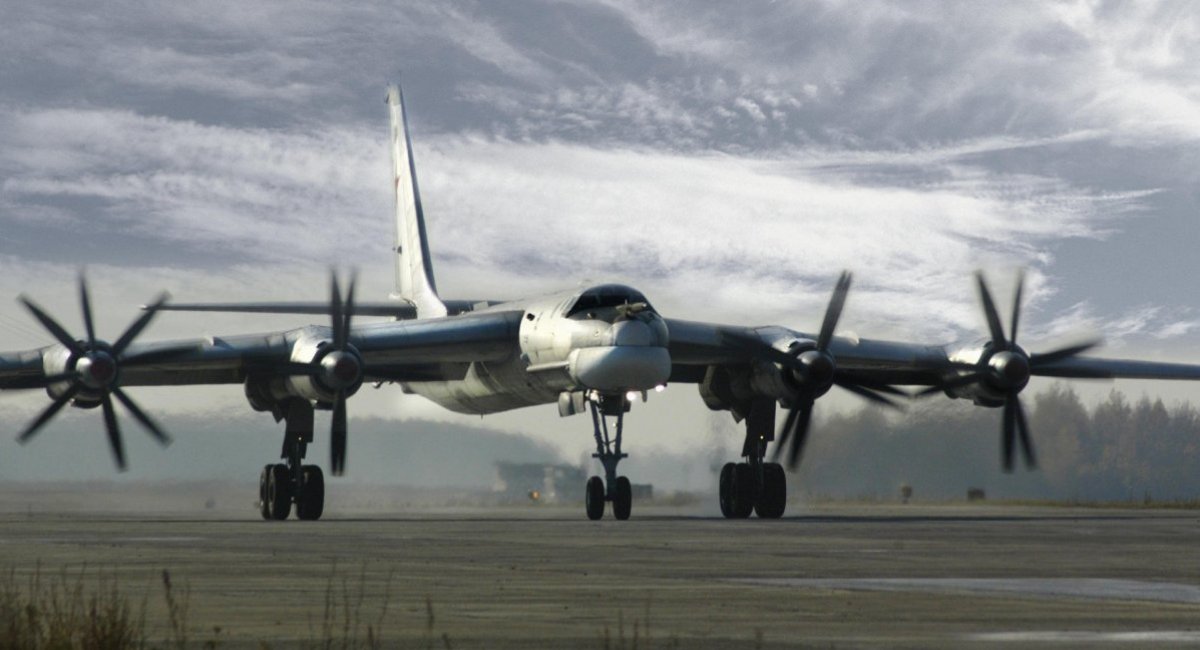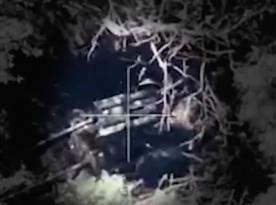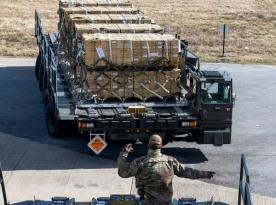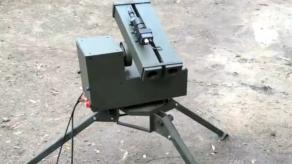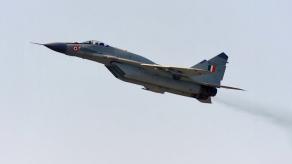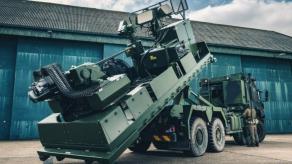russia returned to the practice of massive strikes on Ukraine's energy infrastructure on August 26, 2024. Against this backdrop, the question arises about what "foundation" the Kremlin will use in the event of further strikes on our energy system, and how fundamentally new the actions of our enemy will be.
Additionally, in European countries, rather specific incidents are occurring, such as explosions at defense enterprises or the failure of critical communications, which at first glance appear to be merely technical malfunctions, but on the other hand, the possibility of Russian sabotage cannot be ruled out.
Read more: Why Moscow Has Better Air Defense Than Other Regions, russians Explain
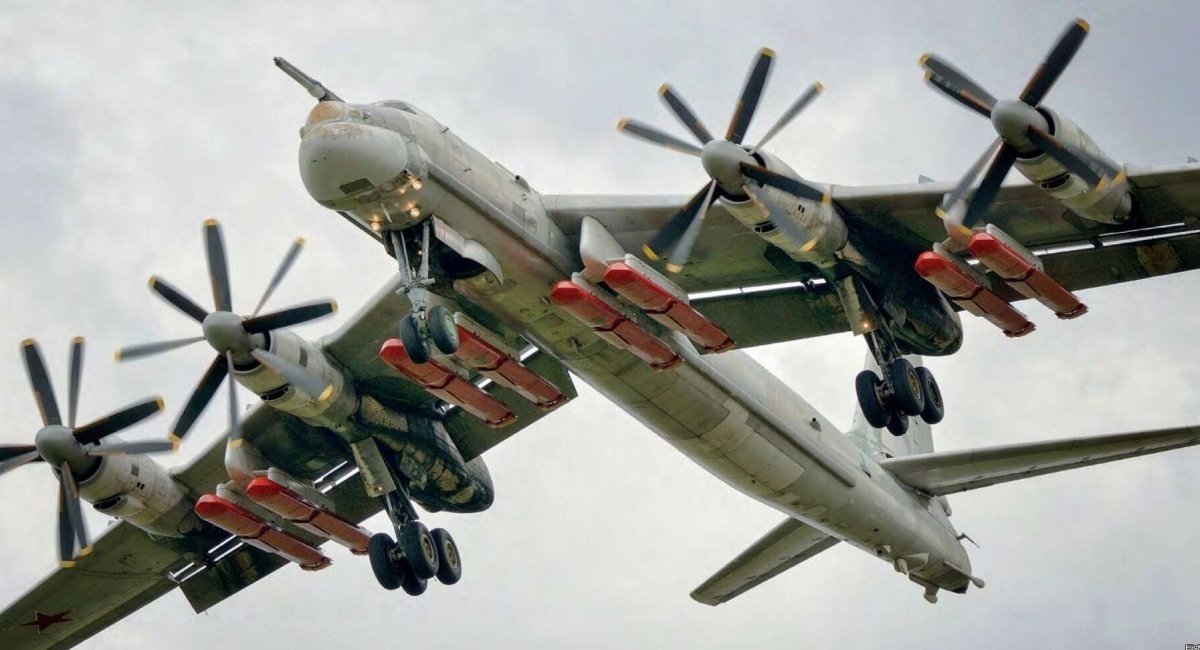
In this case, the publication from the War on the Rocks portal may be useful to us, and you can read the full version at this link. We will focus on summarizing its content.
According to the authors, the Kremlin has developed a doctrine for disabling an enemy's critical infrastructure, which was created back in the 1960s. However, it is important to note that this was an era when the accuracy of cruise and ballistic missiles could vary by "plus or minus a continent" (a hyperbolic assessment), and both sides in the event of a "great war" relied on the massive use of nuclear weapons as a means of indiscriminate destruction.
Therefore, to ensure the necessary precision in targeting, Kremlin special services during that period relied on sabotage groups as a "hybrid tool" of destruction. In our time, the Kremlin actually has two tools for such tasks—sabotage groups and strategic aviation, namely the Tu-95MS.
If we delve further into the details, the aforementioned publication mentioned that the Kremlin prepared not only its own sabotage groups for targeting the enemy's critical infrastructure but also trained similar units in satellite countries, particularly in East Germany and Czechoslovakia.
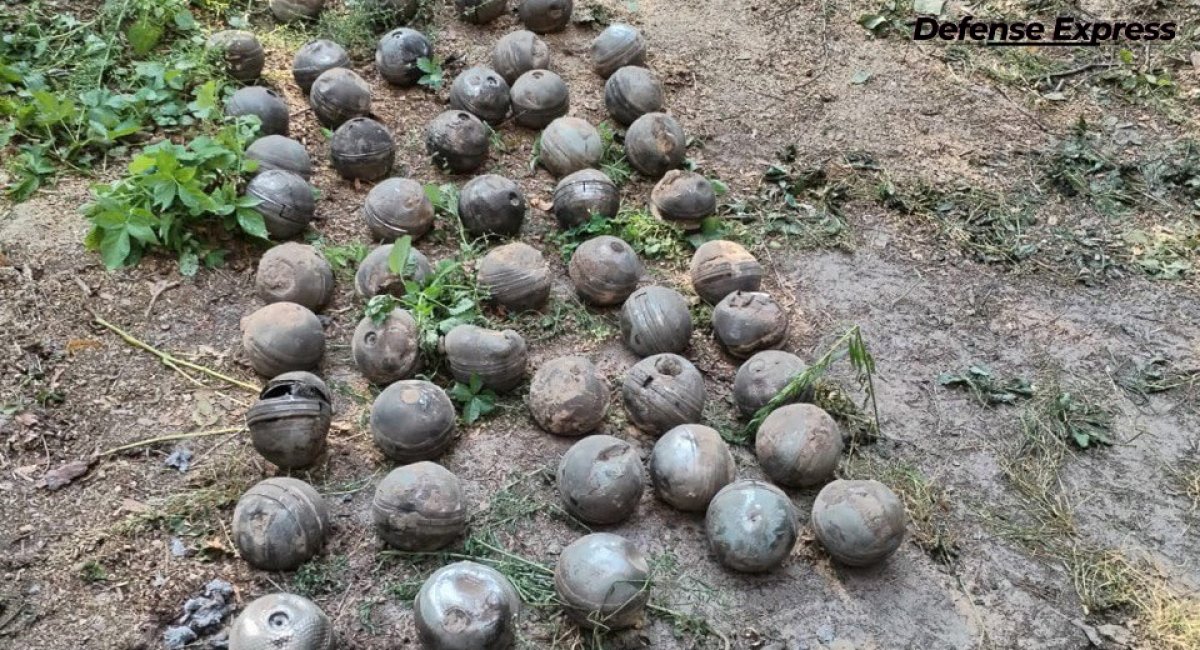
At the same time, two types of sabotage groups were formed: one for strikes during "peacetime," where saboteurs had diplomatic cover, and the other for attacks during full-scale war.
What's particularly interesting is the prioritization of critical infrastructure segments that Kremlin intelligence agencies planned to target. First, they aimed to strike 1) power plants and oil pipelines. Second, they targeted 2) transportation infrastructure and/or elements of their control systems. Following that, they focused on 3) public utilities, 4) public organizations and media outlets, and only then 5) specialized military facilities in NATO countries.
It was also anticipated that a "kinetic impact" would come first, followed by "information dumps" to enhance the informational influence on the enemy.
Separately, from Defense Express, we emphasize that while these strategies date back to Kremlin developments from 60 years ago, their implementation is clearly observable in recent attacks by the Russians on our critical infrastructure. Moreover, the enemy continues to employ its "diversionary" component, including "spotters" and other agents from its intelligence services.
Read more: What Do Cluster Munitions from Kh-101 Missiles Look Like: Risks in Unaffected Areas




